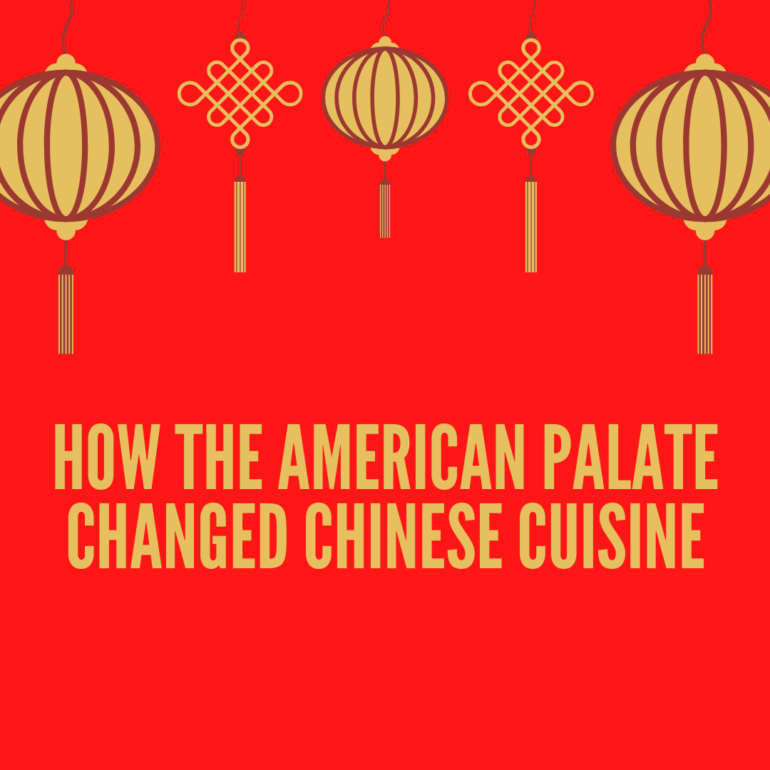Like every other migrant group, Chinese immigrants faced many difficulties trying to assimilate into a drastically different culture. In the first quarter of the 19th century, most first-generation Chinese Americans sought manual labor professions; however, the Chinese Exclusion Act would halt native Chinese labor flow, leaving the ones that were already isolated and facing discrimination common to minorities in the United States at the time. Being strangers in a strange land, the best they could do is adapt to their circumstances.
The first of these changes were with their cuisine. Many traditional spices, sauces, and vegetables were not widely available, meaning they had to make do with what was around them. When they pioneered into the restaurant business, further concessions had to be made to appeal to the American palate. Firstly, Kai-Lan, also known as Chinese broccoli, was substituted with the more common western broccoli. Pork, a traditional Chinese staple, made way for more beef ingredients, with all meats either sweetened or fried to cater to American tastes. General Tso and Sesame Seed Chicken are two such dishes that the native Chinese mainland would have never even heard of as it amounts to deep-fried battered in sugar.
In the modern-day, there exist “phantom menus,” selections made for native Chinese that have food items that are more faithful to the ancient art of Chinese cooking. Items the common American would fine less than delectable like chicken feet, liver, and other kinds of offal are made easily available to a Chinese speaker. Meats can be pan-fried, stir-fried, or simply steamed for a slightly healthier yet still sometimes oily serving. Though varying from region to region, Chinese cuisine can be divided into five flavors: salty, spicy, sour, sweet, and bitter, emphasizing harmony among them. In Sichuan, their famous spicy peppers are emphasized in hotpot meals where vegetables and meats are dipped in large oil cauldrons. Salty foods are found in northern regions like Beijing, where many veggies are pickled while. In the east, particularly Shanghai, the sweetness comes in the form of caramelized meats and fish like the delectable tang cu yu. Southern China is where we find sour and bitter foods thought to help with vitality and usually found amongst seafood. This harmony and variety can hardly be found in your local Chinese spot.


